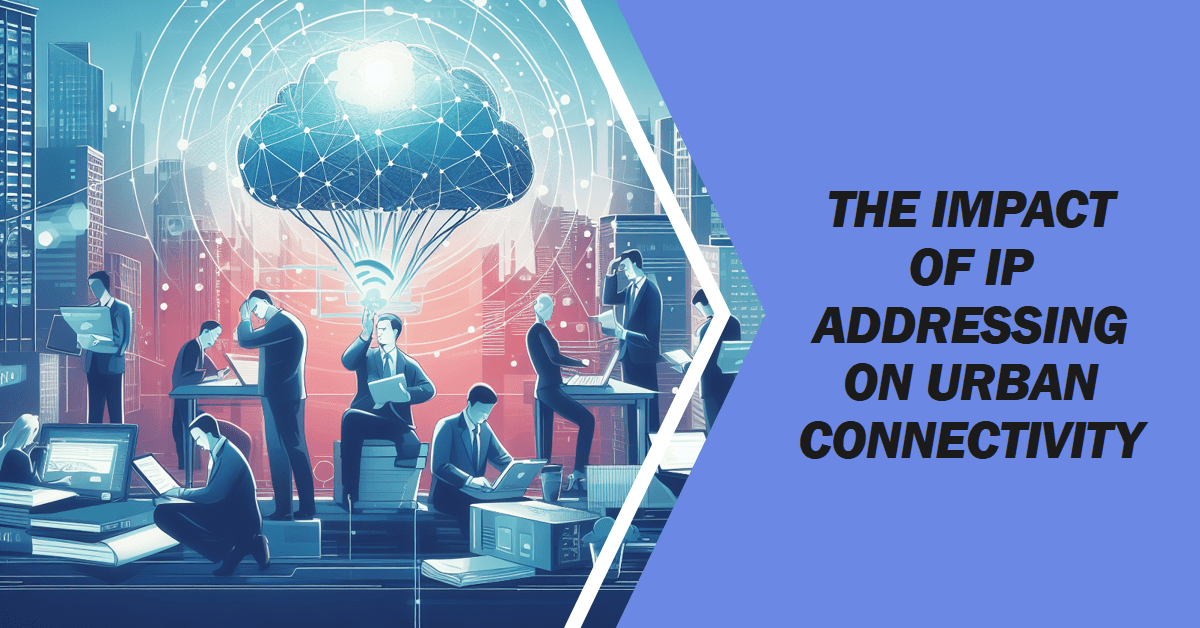In cities, where buildings reach for the clouds and digital innovations change the way people live, connectivity is the key to making smart cities work. How a city’s networks are set up and managed has a big impact on how well they work and what kinds of services they can offer their people. One important thing in this area is the skill of subnetting, which is a basic part of IP addressing that has a big impact on how smart towns connect to the internet.
Think of a city as a living thing, with each building, street, and person being an important part of the urban environment. In this digital world, the city’s network infrastructure is like the nerves that connect all of these parts. IP addressing, which is one of the most basic ideas in networking, is the language that these parts use to talk to each other. But because smart cities are so big and complicated, giving out IP numbers isn’t enough; efficient subnetting is now very important.
Understanding the Basics of Subnetting
Just as an urban planner strategically designs neighbourhoods, a network administrator, armed with the knowledge of how-to subnet a network, carves out digital spaces for devices to communicate effectively. Subnetting involves dividing a larger network into smaller, more manageable segments. In the context of a smart city, this process is akin to creating distinct districts, each with its own unique identity and purpose.
Take the traffic control system in a city as an example. The sensors, traffic lights, and security cameras in a huge city are all connected to a network that keeps traffic moving smoothly. By subnetting, these parts can live in their own place, which makes sure that the data they create and share is managed well. Every crossing turns into a subnet, and the way devices in that subnet talk to each other is optimized for speed and reliability.
Optimizing Public Services through Subnetting
There’s more to smart cities than just cool technology. They’re also about making people’s lives better. Subnetting is a key part of making public services better by making them more flexible and fit the needs of the community.
Imagine a smart healthcare system where hospitals, clinics, and health gadgets that you wear are all linked together. Subnetting lets people who work in healthcare organize and protect the flow of patient data. Emergency services can work in their own dedicated subnet, which makes sure that important information gets to first rescuers as quickly as possible.
Subnetting makes it easier for smart classrooms to be seamlessly integrated. It connects students and teachers in a virtual space where learning isn’t limited to the walls of a standard classroom. Each school can have its own subnet, which makes it easier for teachers to work together and share resources.
How to Subnet a Network in the Heart of Urban Innovation
When smart grids, smart transportation systems, and weather sensors all come together in cities, they raise the question of how-to subnet a network effectively to keep this ecosystem going.
The answer comes in having a deep understanding of how the city’s technology works. The different parts of the smart city must be grouped sensibly by urban planners, or in this case, network administrators. By setting up subnets based on function and location, they can make sure that each segment works well and contributes to the health of the digital city as a whole.
The Pillars of Smart City Subnetting
Smart towns aren’t just about being connected; they’re also about being safe and environmentally friendly. Subnetting is a key part of reaching these goals because it sets limits and rules in the digital world.
Think about the smart grid, which is a network that controls how energy is sent around the city. Subnetting lets utilities separate and protect important equipment, stopping hackers and other people who shouldn’t be able to get to it. Each power center is like a separate network that protects the flow of data and electricity within its own walls.
In a place with environmental sensors that check the air quality, water levels, and other important factors, subnetting makes sure that the data is processed quickly and sent to the right people. This not only encourages green city practices, but it also makes the city more resistant to environmental problems.
Subnetting in the Future of Urban Connectivity
The role of subnetting in shaping how smart cities join will change as smart cities do. Technologies like 5G, the Internet of Things (IoT), and artificial intelligence will be used together even more in the future. Subnetting will be the guiding force, giving these improvements the framework, they need to work smoothly.
In the end, the unsung hero of the story of smart towns is the art of subnetting. It changes how people connect in cities, making services better, making them safer, and encouraging sustainability. In the field of digital city planning and network administration, being able to subnet a network is not only a technical skill but also a key to building a better, more connected future. As our towns change, subnetting will continue to be an important tool for those who are planning the future of cities.



